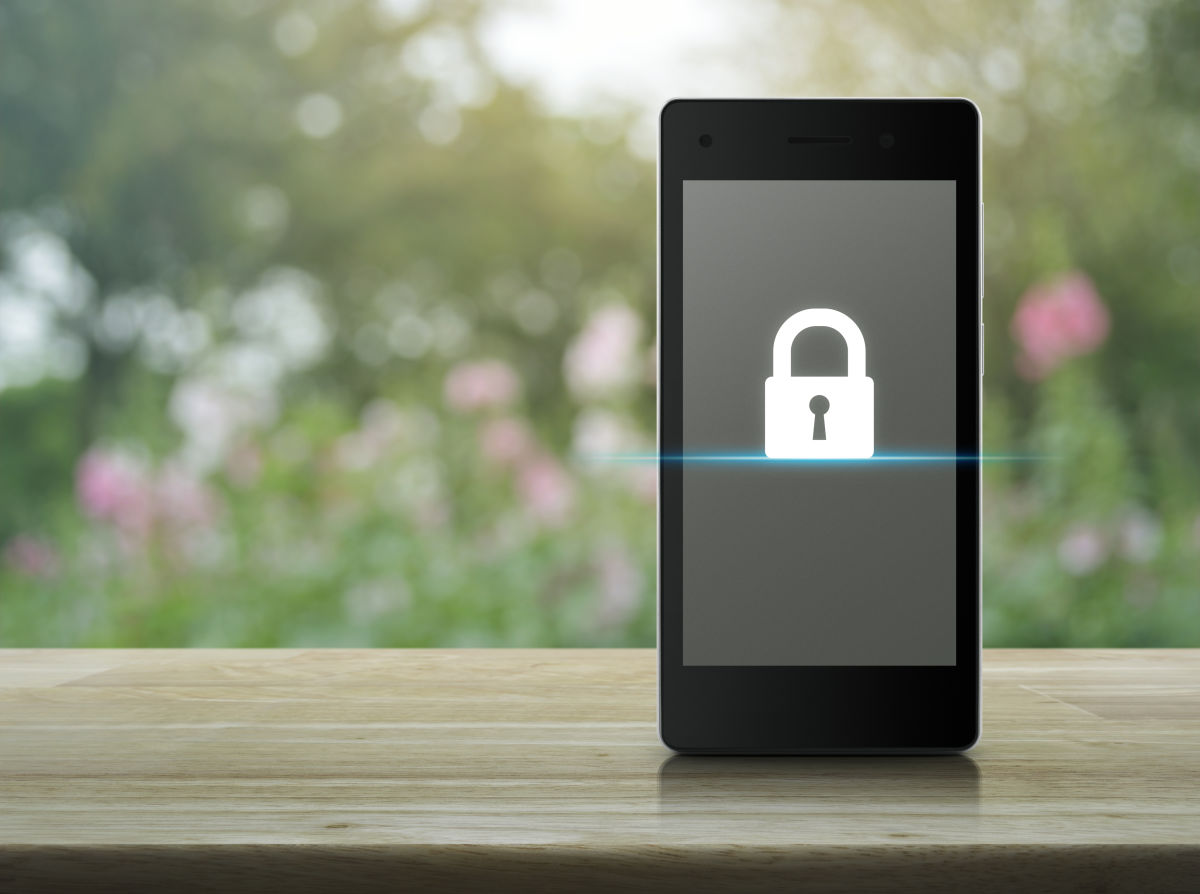
Device Encryption – the why and the how
5th June, 2020
Do you protect the data available on your mobile phone and other devices, or is it just freely accessible to anybody that picks it up?
We hope it’s the former, but sadly we have seen the latter all too often, and the consequences.
If you don’t put in place some protection, everything about you is easily available to anybody who chooses to look – your banking, shopping habits, personal information, social media, as well as vital business information. Getting access to this makes it very easy for somebody to impersonate you and commit identity theft, or infiltrate your business systems.
Protecting your device is known as encryption.
Every modern device has built in encryption capability. For some devices this is done automatically, for others you will need to switch it on.
And, if you are wondering why you can’t just protect individual files that may be sensitive? We never recommend doing this – it’s just too easy for thieves to crack. And, it makes life more difficult for you, if you forget the password, or need to remember to take that step.
So, let’s look at some of the devices, and how you activate encryption…
Laptops and tablets running Windows 10 Pro or Enterprise edition can be encrypted easily. Home Editions will need to be upgraded to at least Windows 10 Pro. If you are running the correct version then BitLocker can be enabled to encrypt your device.
Incidentally, if you are running Windows 7 – a quick heads up that this is no longer supported by Microsoft, so we need to talk!
If you have an Apple laptop or desktop, all of their equipment is well protected using their FileVault or FileVault2 encryption. But you do need to turn it on, which we would recommend doing as soon as you get a new device. It will take time to encrypt all of your data, if you choose to do this at a later date. If you have an iPhone or iPad, you don’t need to do anything, as these are automatically encrypted from the factory.
Mobile devices can also be encrypted, however, we would recommend this is done in line with a Mobile Device Management (MDM) product for easier management of encryption keys, and to ensure mobile devices remain encrypted.
As an organisation, if you share devices, or pass them on from one employee to another, it’s important you have a process for managing encryption passwords. We recommend using Microsoft 365 or Sophos Anti Virus products for supporting that process.
Clearly, there are a huge range of devices available, and the instructions on how to implement encryption will vary. If you would like some help with setting up encryption, please contact us on 01784 437 123.





